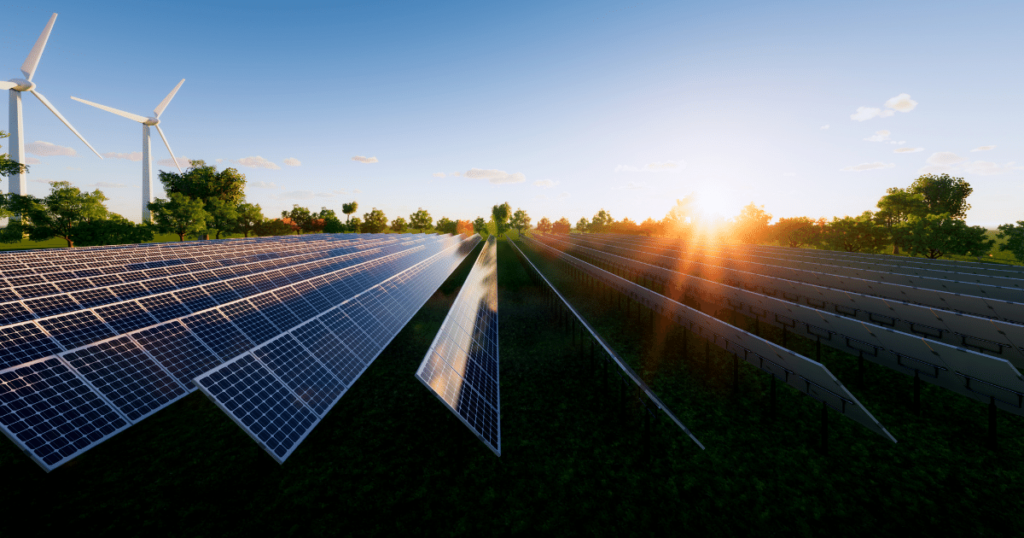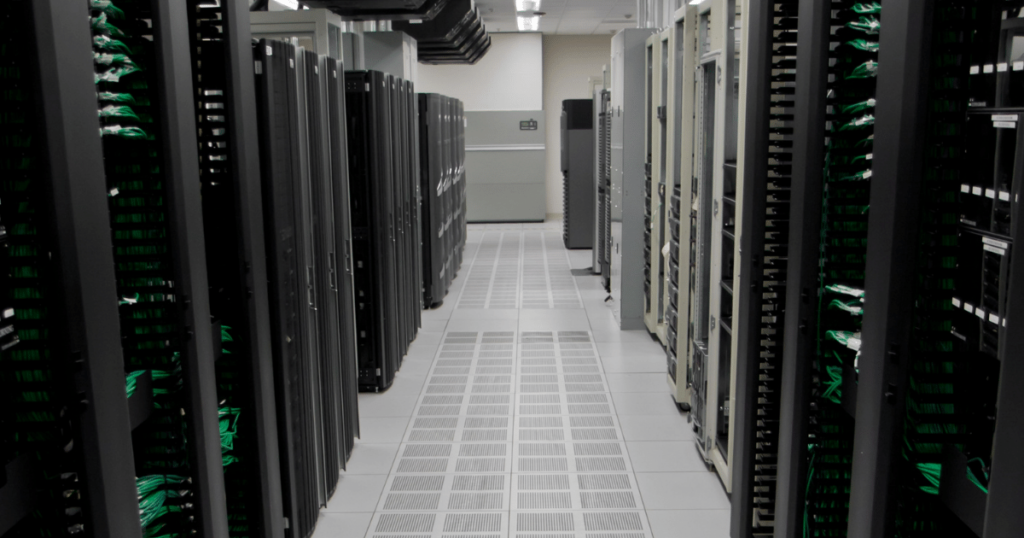
As the demand for reliable data center infrastructure grows, green data center solutions have been implemented to offset the potential environmental impact of data center operations. These solutions involve the use of highly efficient technology as well as green energy from renewable sources such as solar, wind, and geothermal to power data center operations. In this article, we will discuss a few ways modern data centers are leveraging advancements in sustainable data center solutions.
Topics Include:
Background of Green Data Centers
Data Centers that use highly energy-efficient technologies are commonly known as green data centers. These types of data centers measure the efficiency of any given data center using two main principles: Power Usage Effectiveness (PUE) and Carbon Usage Effectiveness (CUE).

Power Usage Effectiveness
The PUE value was created in 2007 as a way to measure a data center’s power usage efficiency. To find the PUE of a given data center, you divide the total power usage of a data center by the total power usage of the IT-specific therein. Ideally, this value is 1. In other words, 100% of the total facility’s power is going to the operation of IT-specific equipment, such as servers and associated network components. When first implemented, the average value of data centers was between 2.5 and 3. More recent studies have shown that this value has fallen to 1.7 on average, indicating a trend towards higher efficiency over time.
Carbon Usage Effectiveness
The CUE value is another method for evaluating the energy efficiency of a given data center. You can calculate this value by dividing total CO2 emissions by the amount of power used by all IT-specific equipment. This helps determine how much computing is done per unit of carbon emissions. Though similar to the PUE, the CUE is a more direct way to determine the relationship between a data center and its carbon output.
Examples of Green Data Center Technologies
In addition to using green, renewable energy sources such as wind, solar, and geothermal, a number of other technological innovations are reducing the overall environmental impact of data center operations.

Low-Power Servers
Based on smartphone technology, the development of low-power servers has emerged as a way to balance performance with energy usage. These servers use highly efficient hardware to reduce overall energy consumption and reduce excess heat, known as waste heat.
Free Air Cooling
One of the more innovative yet simplistic green data center technologies is the use of free air cooling systems. Rather than using an energy-intensive central AC unit to cool the data centers, “free air cooling” uses the outside air to cool the environment. Free air cooling filters and control air for moisture, but does not apply extra air conditioning. This is only useful for data centers in colder temperatures. Even so, it still exists as an energy-efficient way to manage excess heat generated by data center operations.
Reusing Waste Heat
In areas that can not use free air cooling to manage waste heat, some data centers are using technologies that facilitate the reuse of waste heat. This process captures waste heat and reuses it to power or heat other facility resources. For example, a data center on a college campus can use its waste heat to heat swimming pools or buildings.
With a better understanding of how sustainable data center technologies are reshaping the landscape, you can make an even more informed decision about green web hosting solutions.
Experience the Power of a Dedicated Server
Know you will always be able to reach your customers when you need to with reliable and secure Dedicated Hosting. Get industry-leading hardware at an affordable dedicated server price.
DDoS Protection
Free Backup Storage
cPanel or Control Web Panel
Managed Server
Unmetered Bandwidth